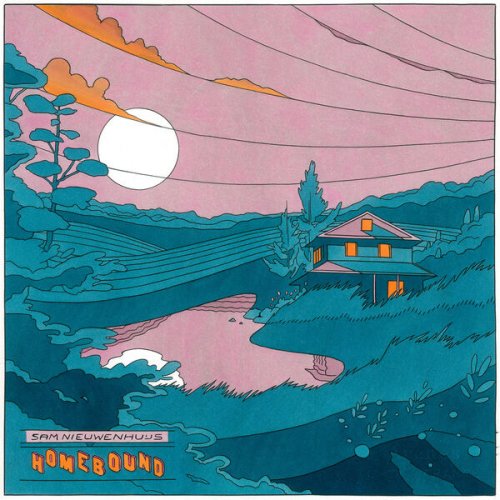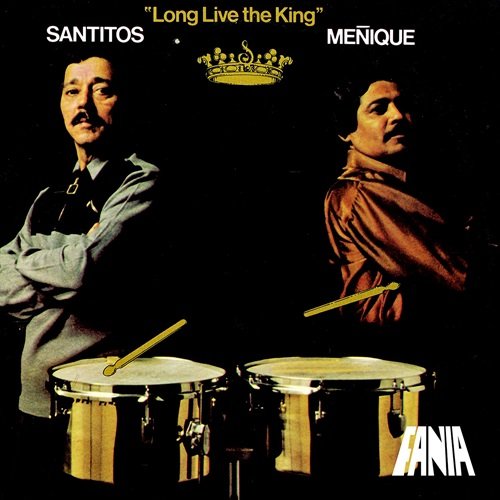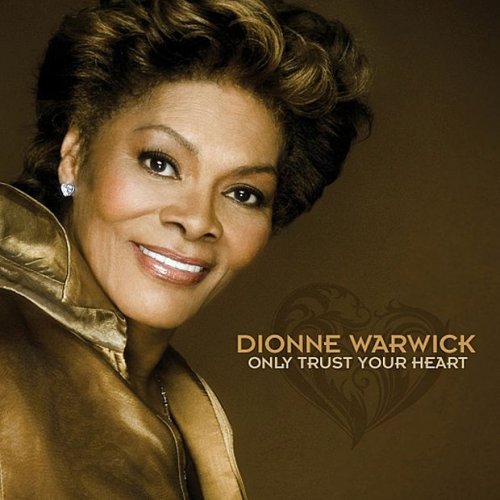Alberto Navarra, Odense Symphony Orchestra, Holly Hyun Choe, Claudia Lucia Lamanna - Mozart, Reinecke & Nielsen: Flute Concertos (2024) [Hi-Res]
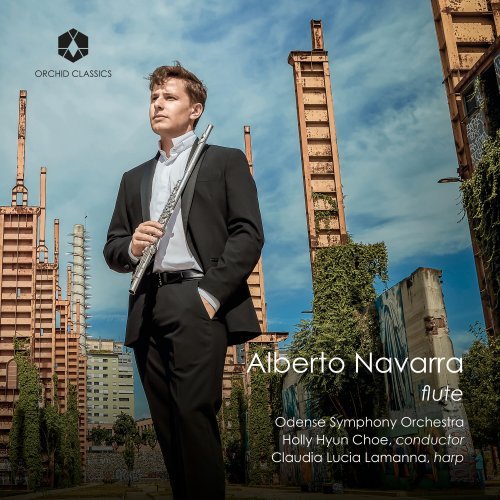
Artist: Alberto Navarra, Odense Symphony Orchestra, Holly Hyun Choe, Claudia Lucia Lamanna
Title: Mozart, Reinecke & Nielsen: Flute Concertos
Year Of Release: 2024
Label: Orchid Classics
Genre: Classical
Quality: flac lossless (tracks) / flac 24bits - 96.0kHz
Total Time: 01:08:09
Total Size: 320 mb / 1.16 gb
WebSite: Album Preview
TracklistTitle: Mozart, Reinecke & Nielsen: Flute Concertos
Year Of Release: 2024
Label: Orchid Classics
Genre: Classical
Quality: flac lossless (tracks) / flac 24bits - 96.0kHz
Total Time: 01:08:09
Total Size: 320 mb / 1.16 gb
WebSite: Album Preview
01. Flute & Harp Concerto in C Major, K. 299: I. Allegro
02. Flute & Harp Concerto in C Major, K. 299: II. Andantino
03. Flute & Harp Concerto in C Major, K. 299: III. Rondeau. Allegro
04. Flute Concerto in D Major, Op. 283: I. Allegro molto moderato
05. Flute Concerto in D Major, Op. 283: II. Lento e mesto
06. Flute Concerto in D Major, Op. 283: III. Moderato
07. Flute Concerto, FS 119: I. Allegro moderato
08. Flute Concerto, FS 119: II. Allegretto, un poco
![Alberto Navarra, Odense Symphony Orchestra, Holly Hyun Choe, Claudia Lucia Lamanna - Mozart, Reinecke & Nielsen: Flute Concertos (2024) [Hi-Res]](https://www.dibpic.com/uploads/posts/2024-03/1710423228_claudia-lucia-lamanna-mozart-reinecke-nielsen-flute-concertos-2024-back.jpg)
Mozart’s Concerto for Flute and Harp, K.299, is the last of a group of concert pieces written for the flute, all within a fairly brief timeframe. He had composed the two Flute Concertos K.313 and K.314, and the Andante in C, K.315, early in 1778 while in Mannheim (where he was delighted by the orchestra’s inclusion of clarinets – although he clearly appreciated the instrument in combination with the flute: ‘Ah! If only we too had clarinets! You can’t believe the wonderful effect produced by a symphony with flutes, oboes and clarinets!’). These three works were written for the amateur flautist Ferdinand Dejean, whose reluctance to pay Mozart until all the pieces were finished provoked Mozart’s famous fit of pique in a letter to his father, Leopold: ‘… you know I am quite powerless to write for an instrument that I cannot bear’. There are no other known examples of Mozart disdaining the instrument, however, so this may well have been a means of distracting from his slowness at completing the commission.
On the other hand, Mozart clearly favoured mellower textures – he preferred playing the viola to the violin, for example – and while ‘galant’ composers went in for airy, even mannered writing that eschewed Baroque intricacy, even Mozart’s lightest confections are informed by a deeper understanding of form and counterpoint. This may explain why the harp, which though naturally elegant was yet to have its capacity for complexity fully explored, was not an instrument to which he was conspicuously drawn: the Flute and Harp Concerto is his only work to include the instrument. The work was composed in April 1778, by which time Mozart was in Paris, and the commission came from another amateur flautist, the Comte de Guines, Adrien-Louis Bonnières de Souastre, once a French envoy to England. Mozart taught the Comte’s daughter, whose harp playing he described as ‘magnifique’, and so it was that he ended up writing for both instruments together. The Comte’s flute had an extension that allowed him to play low D-flat and C, which were not possible on most flutes of the time, and Mozart made the most of this range in the concerto. Indeed, whatever his reservations about the instruments individually, in combination they seem to have inspired him. Frustratingly, the Comte was, like Dejean, slow to pay, and four months later Mozart was still awaiting remuneration.
In keeping with the treatment of the harp at the time, Mozart used it in a similar manner to the piano or guitar, its radiant strumming and intricate lines marrying well with the flute’s lyricism, both of which shine through light orchestral forces. The sprightly opening movement begins with an orchestral introduction presenting two themes. The soloists take up the themes and proceed to alternate melodic and accompanimental roles, sometimes in dialogue or counterpoint, sometimes with the orchestra, and at other times forming an intimate duo; there is a cadenza towards the end of the movement.
Mozart balances the timbres of the soloists with rich, ‘divisi’ violas in the sublime slow movement, in which a series of variations showcases the range of both instruments. Mozart called the finale a ‘Rondeau’ (a nod to his French patron), but its structure is rather distinctive, unfolding as a series of episodes with some recurring ideas, though not in the strictest sense of rondo form. Regardless, the effect is one of lively, ebullient conversation between protagonists and ensemble.
Carl Reinecke’s relationship with both the flute and the harp seems to have been easier than Mozart’s; his most successful concertos are his Harp Concerto (1885) and the later Flute Concerto in D major. Reinecke was a respected composer, teacher and pianist, praised by Liszt for his ‘beautiful, gentle, legato and lyrical touch’. As conductor of the Gewandhaus Orchestra in Leipzig, where he was music director at the Conservatory, Reinecke had exacting standards, expecting a high level of virtuosity and clarity from his players. This is reflected in the demanding nature of much of his music, of which perhaps the most frequently played example is his Sonata for Flute and Piano, Undine.
Reinecke’s affinity with the flute is evident in his Flute Concerto as well. Composed in 1908, this was the last concerto Reinecke wrote before his death in 1910; the premiere was given in Leipzig in 1909 by its dedicatee, Maximilian Schwedler. Despite being written at a time when musical innovations were proliferating, the concerto reflects Reinecke’s musical conservatism; he was a staunch believer in studying Baroque and Classical models, and stylistically showed the influence of Mendelssohn and Schumann (both of whom he knew) even during the first decade of the 20th century. There is something Brahmsian about this concerto, too, which opens with a warm, romantic sonority from which the soloist emerges, articulating an almost improvisatory line, with folk-like ornamentation. The developments in instrumental technique and style since Mozart’s time are soon apparent, with virtuoso flourishes offset by colourful, sometimes stormy orchestral passages. The elegiac slow movement (marked con dolore) is a soulful lament over brooding, funereal orchestral writing, while the rondo finale is compelling and varied, with both the virtuosic and voice-like qualities of the flute to the fore, building to a joyful conclusion.
Carl Nielsen completed three concertos, for violin, flute and clarinet. His intention had been to write concertos for each member of the Copenhagen Wind Quintet after hearing the group performing Mozart in 1921, but he only managed two, following his Wind Quintet of 1922: the Flute Concerto of 1926 for the quintet’s fastidious flautist, Holger Gilbert-Jespersen, and the Clarinet Concerto of 1928.
This flurry of activity came relatively late in Nielsen’s life; the Flute Concerto was his first major work following the completion of his Sixth (and last) Symphony. It was composed in the aftermath of a spell of poor health that had hindered the composer for much of 1926. In August of that year he rallied sufficiently to travel to Munich as part of a group of advisors testing the installation of a new Danish radio mast. Nielsen brought the manuscript of the concerto with him and worked on it in Munich, as well as during subsequent trips to Florence and Tuscany. He was unwell again in September and had to dash off a temporary conclusion for the work’s premiere on 21 October in Paris, where it was conducted by his son-in-law, Emil Telmányi. Even in its unfinished state, the work was so well received that it was performed again in the same curtailed form in November, in Oslo, with the composer conducting. At last, in January 1927, Nielsen was able to unveil the finished product for a performance in Copenhagen.
Nielsen argued that ‘the flute cannot deny its own nature, its home is in Arcadia, and it prefers pastoral moods. Hence, the composer has to follow the mild character of the instrument if he did not want to run the risk of being called a barbarian’. Accordingly, Nielsen’s Flute Concerto is full of pastoral writing for the soloist, contrasted with its polar opposite, the bass trombone, with whom the flute spars throughout. There is little hint of this ‘mild character’ in the curt, dissonant orchestral introduction after which, as Nielsen put it, ‘the solo instrument moves about as if seeking something, until it takes hold of a more decisive motive’. There is an ongoing conflict between the key areas of D minor and E flat, tempered by the flute’s lyrical material, which leads us into a gentle secondary theme. When the bass trombone, punctuated by timpani, emerges, the flute responds as though affronted before asserting its dominance with an expansive melody and three brief cadenzas, the last of which also features clarinet and bassoon.
The second-movement Allegretto contrasts jutting orchestral passages with more fluid writing for the flute, softening to a wistful Adagio ma non troppo. These elements are reprised before Nielsen transforms them into an increasingly agitated march, after which the bass trombone returns, eventually settling the movement in the key of E flat before interrupting the last bars with raucous glissandi, its brash tones providing an earthy backdrop to the flute’s gleaming triumph.
Alberto Navarra (flute)
Claudia Lucia Lamanna (harp)
Odense Symphony Orchestra
Holly Hyun Choe (conductor)

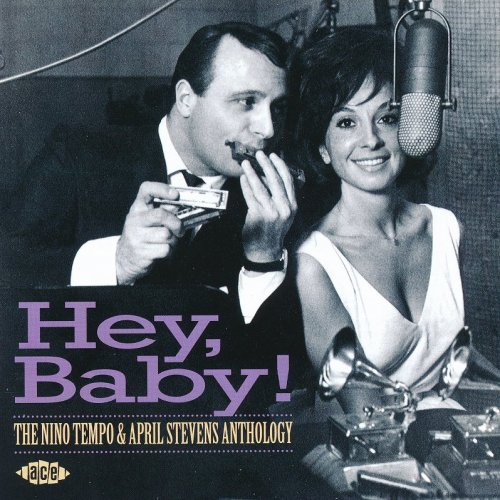
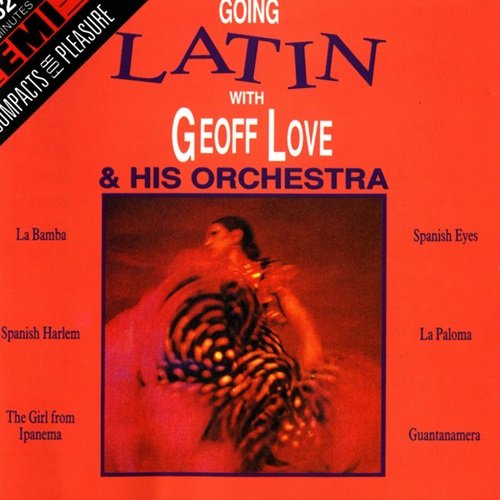
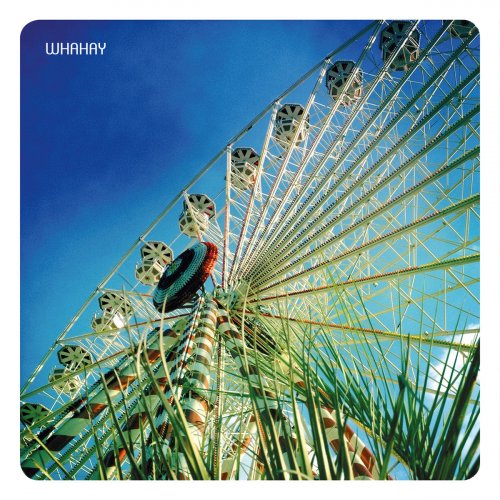
![Philippe Chrétien, Jeannot Steck - Eclipse - The Album (2025) [Hi-Res] Philippe Chrétien, Jeannot Steck - Eclipse - The Album (2025) [Hi-Res]](https://www.dibpic.com/uploads/posts/2025-12/1766208210_folder.jpg)
